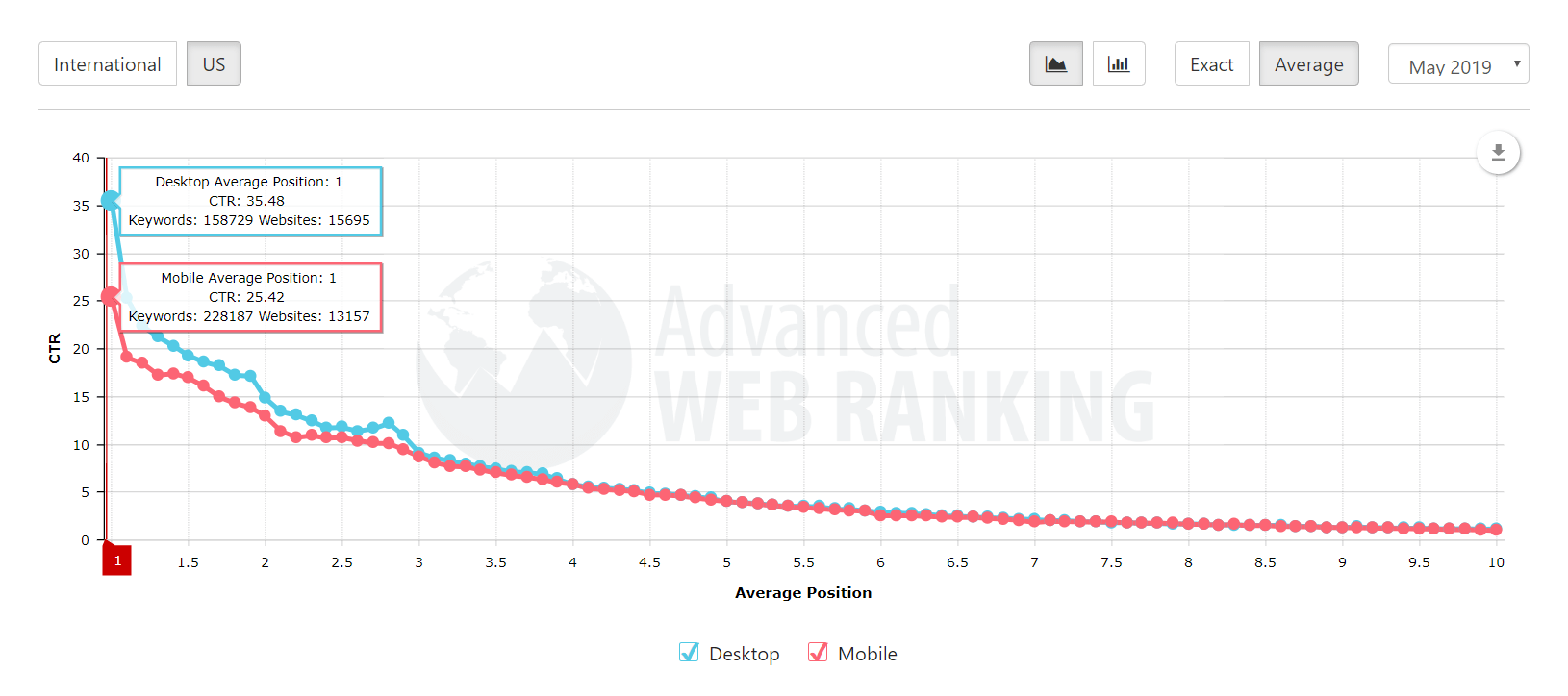


We conduct a series of experiments on the public dataset ICDAR2013, ICDAR2015 and MSRA-TD500. This can significantly improve the performance of the detector in difficult conditions. Before being input to the feature extractor, the data is augmented in different methods, and then we calculate the similarity of the extracted corresponding feature pairs. In this paper, in order to solve the above problems, we propose an effective and robust text detection network that combines a state-of-the-art contrastive learning method SimCLR. So far, the detection results for text instances in motion blur, low-resolution images are still not satisfactory. Due to the different sizes, arbitrary orientations, different colors of texts, as well as low contrast and resolution in the complex background, text detection in natural scene images is very challenging.

Scene text detection is a task that detects the position of text in natural scenes. This paper, therefore, reviews the various factors that increase the computational difficulties of Camera-Based OCR, and made some recommendations as per the best practices for Camera-Based OCR systems. However, characters captured by traditional scanners pose fewer computational difficulties as compared to camera captured images that are associated with divers’ challenges with consequences of high computational complexity and recognition difficulties.
Japanese text extractor portable#
This technology encourages real-time processing since handheld cameras are built with very high processing speed and internal memory, are quite easy and flexible to use than the traditional scanner whose usability is limited as they are not portable in size and cannot be used on images captured by cameras. They are highly recommended for capturing text on-scene images (signboards), documents with a multipart and complex background, images on thick books and documents that are highly fragile. Our device solves the problem that some calibration meters cannot return information, thereby improving the remote calibration intelligence.Ĭamera-based scene text detection and recognition is a research area that has attracted countless attention and had made noticeable progress in the area of deep learning technology, computer vision, and pattern recognition. Finally, the message transmission module is used to transmit the recognized data to the database through Extensible Messaging and Presence Protocol (XMPP).

We use a mini camera to capture images of calibration meters, then we adopt the Efficient and Accurate Scene Text Detector (EAST) to complete text detection, finally we built the Convolutional Recurrent Neural Network (CRNN) to complete the recognition of the meter data. Second, to improve the intelligence, we propose a smart meter reading method in our device that is based on artificial intelligence to obtain information about calibration meters.
Japanese text extractor serial#
First, the wireless serial port is used to communicate with edge node, the Bluetooth is used to search for nearby Bluetooth devices to obtain their state information and the video is used to monitor the calibration process in the calibration lab. Our device entails a wireless serial port module, a Bluetooth module, a video acquisition module, a text recognition module, and a message transmission module. In this work, we propose a remote calibration device that incorporates edge intelligence so that the required calibration can be accomplished with little human intervention. Power system facility calibration is a compulsory task that requires in-site operations.


 0 kommentar(er)
0 kommentar(er)
